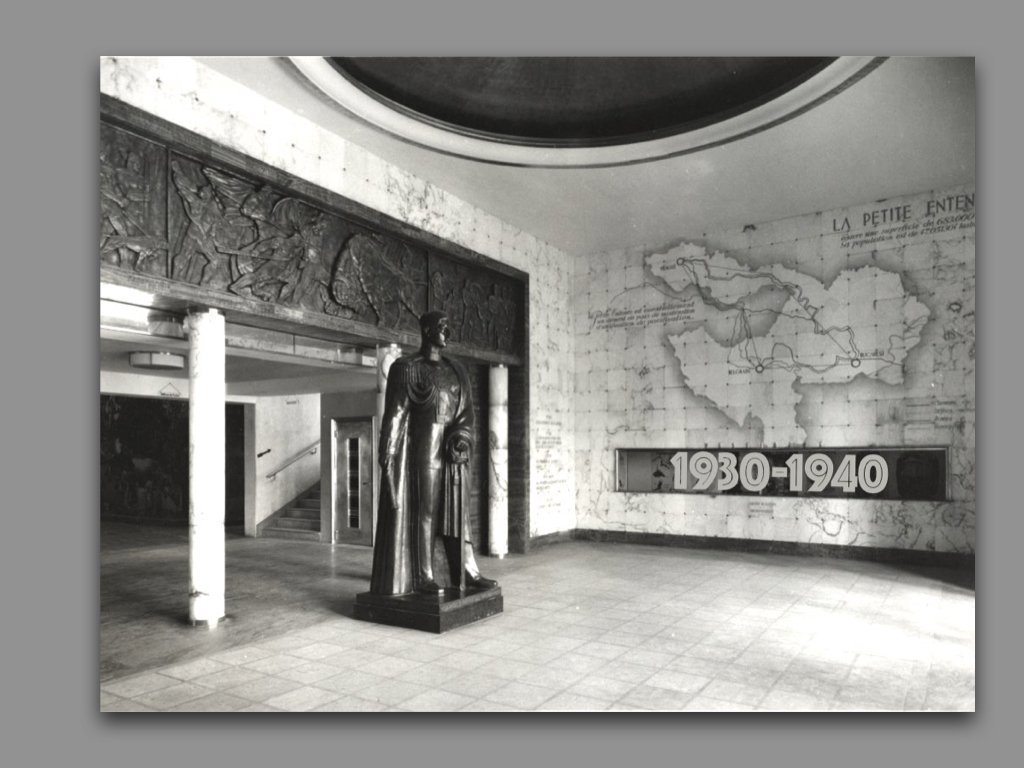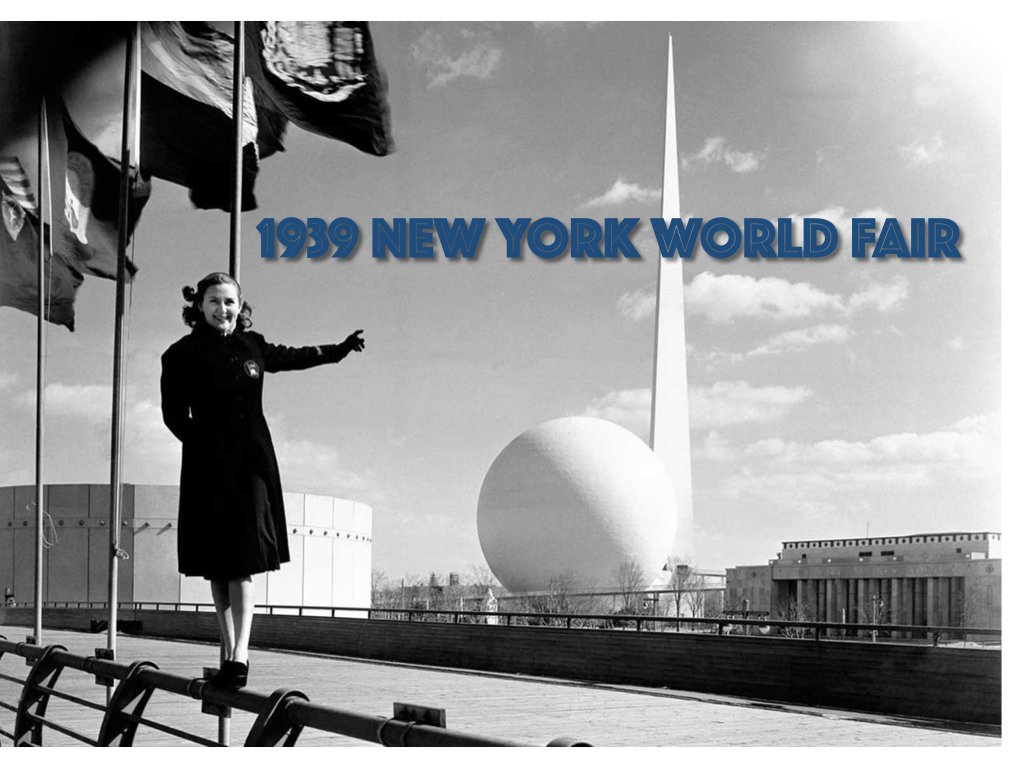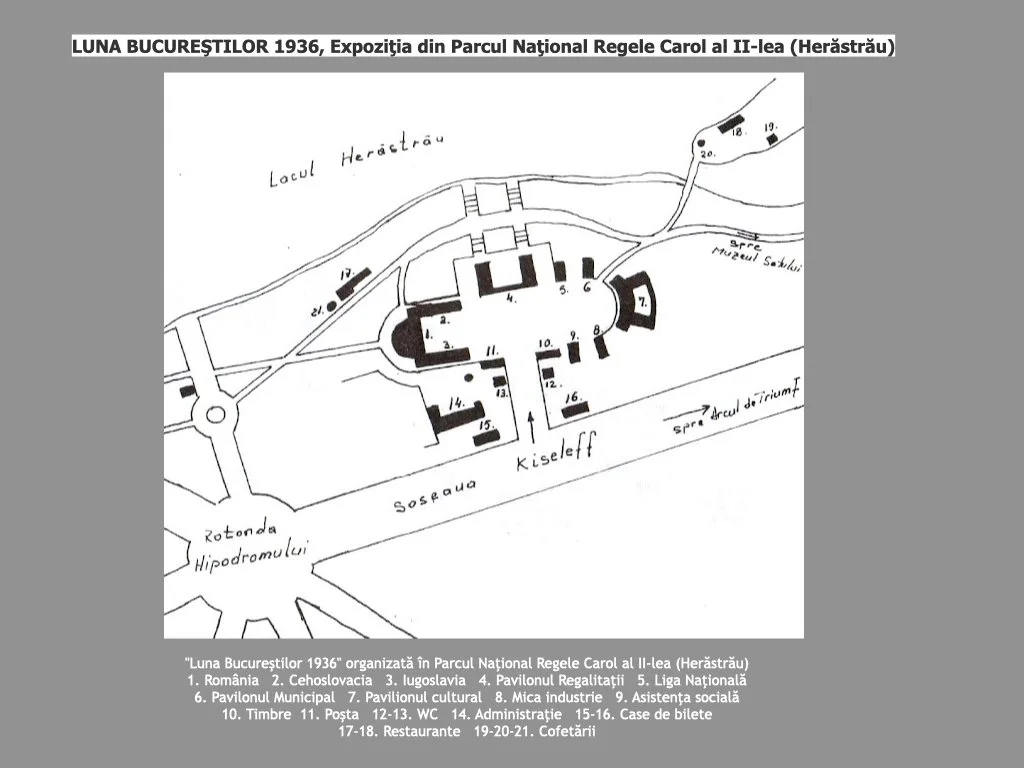
The King Charles II Foundation,
This institution was founded by King Ferdinand I on 12 August 1921 and was named after the future sovereign Carol . Under the patronage of Prince Carol Hohenzollern-Sigmaringen Romania, the Foundation carried out a prodigious cultural activity from 1921 to 1940, after which, because of the policy of plunder and confiscations and anti intellectual ideology of the Antonescu regime, the foundation was rendered innoperative.
King Charles II made an important contribution to the cultural development of Romania. During his reign, some of the most important works of Romanian literature appeared and important investments in cultural establishments were made. Charles II launched many cultural projects in order to surpass his ancestor, King Charles I. "Charles II, eager to remain in the annals as a "Voivode of Culture" in the good tradition of medieval Romanian lords, came very close to seeing his dream brilliantly fulfilled. It is true that the cornerstone of the royal settlements had been laid by King Carol I with the establishment of the King Carol Foundation in 1891. Charles II wanted to surpass his ancestor: in the early 1920s, when he was just a prince awakened for the moment from the passion of his second renunciation of the throne. Charles launched the idea of a 'House of People's Culture', which was to become in a way the starting point for the future 'Prince Charles Cultural Foundation'", historian Adrian Cioroianu pointed out in his book 'History, Heroes, Political Culture'.
In his reception speech at the Romanian Academy, King Charles II declared : "However great the material wealth of a country and however strong its military power, in the face of the history of mankind, that country will have no meaning if it does not bring to the world its literary, artistic and scientific contribution".
As a result, the "King Charles I Foundation" was revived, the "King Ferdinand I Foundation" was established in Iasi, and in 1933 the "King Charles II Foundation for Literature and Art" was founded, with the mission of supporting the printing and distribution of books, publishing rare books, primarily the works of Romanian chroniclers, and translating representative works of world literature.
The Foundation's aim was to promote a social, economic and cultural policy in rural areas that was in tune with the realities of Romania at the time and capable of combining the traditional with the modern. On the front page, Charles II's words to the student teams going on mission to the countryside appeared as a motto: "When you get there, bring all my love and all my soul to these villages. I hope that the love and soul I have for the country and our peasants will be able to radiate in the soul and love you will put into the work I ask of you''.
The doctrine of the Foundation was presented, which was reflected in its manifestations:
"1) Villages have a right to culture.
2) Villages must not be 'culturalized', but helped and guided to create for themselves a 20
The aim was to preserve local customs and traditions and, if possible, to involve all the inhabitants of the village in the work of the community. It went on to give a description of the Foundation and to describe its activities, stating that it was "a centre of guidance and administrative control" for all the cultural centres in the country, which it helped in their work. The cultural centres were given a new organisation in four main sections:
16 The general and cultural state of the locality and region of Adjud, in Universul, no. 1211, 2 May 1937, p. 26.
17 Statute for the functioning of cultural centres, in Monitond Oficial, No 12, 16 January 1937, p. 362.
18 Regulation for the application of the Law of the Union of Royal Cultural Federations, in Monitond OfficiJ, 3 1 Decenrnber l938, p. 6308.
19Solemnitate&delaateneul "TAtlrași",dinlași,inUniversul,an.54,nr. 76,18March1937,p.5.
20 Little Guide to Cultural Work in the Villages, Bucharest, 1937, p. S.
I - Healthy culture;
II- Culture of work;
ill - Culture of the soul;
IV - Culture of the mind21
However, account was taken of the possibilities existing in each village and this regulationwas adapted to the pressing needs of the local population. This was pointed out by Dimitrie Gusti in 1938: "Our method is contained in two equally simple truths: direct knowledge on the ground of the peasant reality and, only based on it, the direct action of revival and improvement, by awakening the own powers of the village [ . .) The Cultural Foundation 'Prince Caror' has created a doctrine, a method and a working body for the uplift of the peasantry, which in the four years of its existence could be put to the test in abundance "22- Between 1934 and 1938, 4,052 lectures were delivered in this institution, 287 evening schools for the villagers were organized and 456 theatrical representatives played23
The royal student teams were part of the plans of the "Prince Charles" Foundation and the Romanian Social Setvici to uplift the Romanian village through specialists. In fact, Dimitrie Gusti (director of the Setvici) envisaged the transformation of the 15,200 Romanian villages existing in 1935 within four years, by means of student teams and cultural hostels: "a huge task that requires the mobilization of all forces and all wills to correct "24. The team had three categories of members: students, technicians and co-opted team members. The number of these teams increased continuously, from 1 2 in the first year (1934), to 25 in the second, then 48 teams in 1936, and by 1937 the number had grown to 75.
Within this institution, the theatre "Work and Good Will" was founded in 1939 and directed by the well-known playwright Victor Ion Popa. The programme included 12 plays written by Romanian and foreign authors, which were to be presented during tours in the country25
Among the important achievements of the Royal Foundations was the Village Museum in Bucharest, established in 1936, after several initiatives in previous years. For two months, craftsmen from all over the country worked on this site, as well as the Royal teams who sacrificed their free time voluntarily. The museum was inaugurated on the occasion of the 70th anniversary of Charles I's entry into the capital, as part of the exhibition "Month of Bucharest" ( 1 O May 1936). It is interesting to note that in the peasant houses locals were brought in to present to visitors the folk costumes of the respective region, as well as some of the traditional occupations26-.
In this exposition we have analysed only a part of the beautiful achievements of the ''Prince Caror'' Cultural Foundation, an institution that was conceived as a model for other societies and associations with the same profile. In conclusion, it can be said that the cultural efference that manifested itself in the interwar period had an extraordinary impact on Romanians from all social categories and created, for many people, hope for a better future. Referring to the subject of this work, Dimitrie Gusti remarked in a speech: "Travelling in all parts of the country, from the border of the plains of Banat, to the villages on the banks of the Dniester and in the plainsThroughout this process of supporting and affirming Romanian culture, King Carol II paid particular attention to writers, about whom, on the occasion of the "Day of the Book" on 20 May 1933, he declared: "I have learned to love writers not only as a protector, but also as a man".
During his ten years of reign, King Charles II attended book launches, chaired cultural fairs and established himself as a thoughtful spirit with pertinent, often original value judgements. In 1939, at the request of Gen. Condiescu's request to patronise the Society of Romanian Writers, the King replied "Not patron, but active member", and he demonstrated this quality by publishing in full all the royal speeches by the Royal Foundations publishing house. These volumes of speeches, delivered on various occasions, bear witness to his intellectual availability, the King being a good orator, and their style reflecting ingenuity, a sense of improvisation and a rejection of clichés.
In his spare time, King Charles II took part in a series of concerts, openings, theatrical performances and sporting competitions. On 14 May 1931, King Charles II attended the opening of the "Official Salon of Architecture and Decorative Arts" at the invitation of the president of the Salon's committee, the architect Petre Antonescu.
In February 1936, King Carol II visited the exhibition of paintings by the artists Dimitrie Știubei, Paul Miracovici, Mac Constantinescu and the exhibition of English paintings at the Toma Stelian Museum in the Dalles Hall. On 5 March 1936, the King visited the exhibition of projects for the "8 June" square at the Romanian Athenaeum, as well as some of the capital's building works in progress.The "King Carol II Foundation for Literature and Art" also set up a publishing house, whose director was the university professor Alexandru Rosetti, "the right man in the right place", who developed a real publishing programme, starting to publish the works of established writers, namely: Tudor Arghezi, Liviu Rebreanu, Camil Petrescu, Mircea Eliade, Mihail Sadoveanu, Mihail Sebastian, Eugen Ionescu, etc.
From 1934 onwards, the "King Charles II Prize for Literature" was awarded, including Tudor Arghezi and George Bacovia (1934), Gala Galaction (1935), Ion Pillat and posthumously Gib Mihăescu (1936), Elena Farago (1937), Adrian Maniu (1938), Vasile Voiculescu (1939). The "Foundation for Literature and Art - King Charles II" also published two series of libraries: one called "The Energy Library", which the King said "puts within the reach of mature men the glorification of acts of work, energy and effort" and the second "The Encyclopedic Library", which offered books for the information of citizens. The two "libraries" were in fact collections of Romanian and foreign authors, including books of historical, civic, ethical and literary history.
Between 1930 and 1940 there was a close link between King Carol II and the Society of Romanian Writers, which was founded on 20 May 1904. The Society of Romanian Writers enjoyed widespread support during the reign of King Carol II, thanks to the large number of those who cultivated literature, as well as the symbolic capital accumulated by some of them (Octavian Goga, Al. Lapedatu, Ion Pillat, Nichifor Crainic, Liviu Rebreanu, Mihail Ralea), also translated by their penetration into high positions of legislative or executive power. As a result, the Society of Romanian Writers received a series of subsidies from some ministries (of Instruction, Arts, Finance, Labour, Interior), to which were added, in certain years, a share of the value of the "stamp" established on the occasion of the "Month of Bucharest", as well as (relatively substantial) payments for the "control" of films. After many unfulfilled promises, the City Hall of Bucharest donated to the Society of Romanian Writers in 1934 a central plot of land, worth 4,500,000 lei, for a "Writers' Palace". The following year, on the initiative of Gen. N.M. Condiescu (former royal aide-de-camp, president of the Society of Romanian Writers between 1935-1939) a fund was set up for the construction of the building, which, thanks to generous donations (from King Carol II - 2 million lei, ministries and banks) quickly reached almost 6,800,000 lei. A major blow, however, was the 1931 collapse of the Marmorosch - Blank Bank, with which the Society had a deposit of over 10 million lei, of which it recovered only a small part. With the remaining funds, the Society of Romanian Writers was able to achieve the aims set out in its statutes, namely to grant pensions to the wives and children of deceased writers (Ana Macedonski, Elena Coșbuc, Marilena Gârleanu, Elena Slavici, Margareta Istrati, the Eminescu sisters). However, the Society was relieved of this chapter in 1939, following the establishment of the Writers' Pension Fund by the Ministry of Labour, headed by Mihail Ralea.
This law, known as the "Royal Law" or "Charles II Law", was highly appreciated by writers, who received a well-deserved pension after the age of 55. The funds needed to pay these pensions came partly from a tax on publishing contracts and on editions of books by deceased writers, and partly from the value of the bookshop stamp on foreign periodicals read in Romania.
At the inauguration of the "Book Week" on 12 May 1935, the first such ceremony with Gen. N.M. Condiescu, King Carol II said: "For so many years I have been following the writings and writers. I know the needs of writers, I know their pains, I know above all their ideals and thoughts".
King Charles II also sought to link his name with the fundamental works produced during his reign. One of the most important was the "Encyclopaedia of Romania", a work published under the aegis of the "Scientific Association for the Encyclopaedia of Romania", whose honorary president was the King himself, with Dimitrie Gusti as active president. In May 1938 the first volume was published, preceded by an introductory word written by the King himself. The "Encyclopaedia of Romania" thus appeared under the patronage of the King, being subsidised by numerous banks and companies, such as the National Bank of Romania, the Reșița Factories and Domains, and the Romanian Star Society. Three volumes appeared during the reign of King Charles II: "The State" (1938), "Wallachia" (1938), "The National Economy. Cadre and Production" (1939), and the last volume "National Economy. Circulation, distribution and consumption" appeared in 1943.
The "Foundation for Literature and Art - King Carol II" also printed the works of Bogdan Petriceicu Hașdeu, Al. Odobescu, I.L. Caragiale, Ion Creanga, Șt. O. Iosif, Al. Macedonski and, last but not least, Mihai Eminescu "Opere", Perpessicius edition. At the instigation of Alexandru Rosetti, the literary critic George Călinescu wrote the monumental work "The History of Romanian Literature", which saw the light of print in September 1940.
The priest Vasile Radu - a specialist in the Old Testament - and the writer Gala Galaction, professor at the Faculty of Theology in Chisinau - a specialist in the New Testament - translated the "Bible" from Hebrew, with the moral and material support of King Charles II, then called "The King Charles II Bible".
All these privileges and aids granted to writers, the possibility of seeing their works published, led them to pay King Charles II, together with all social classes, a warm tribute on the tenth anniversary of his accession to the throne.
During his ten years of reign, King Charles II attended book launches, chaired cultural fairs and established himself as a thoughtful spirit with pertinent, often original value judgements. In 1939, at the request of Gen. Condiescu's request to patronise the Society of Romanian Writers, the King replied "Not patron, but active member", and he demonstrated this quality by publishing in full all the royal speeches by the Royal Foundations publishing house. These volumes of speeches, delivered on various occasions, bear witness to his intellectual availability, the King being a good orator, and their style reflecting ingenuity, a sense of improvisation and a rejection of clichés.
In his spare time, King Charles II took part in a series of concerts, openings, theatrical performances and sporting competitions. On 14 May 1931, King Charles II attended the opening of the "Official Salon of Architecture and Decorative Arts" at the invitation of the president of the Salon's committee, the architect Petre Antonescu.
In February 1936, King Carol II visited the exhibition of paintings by the artists Dimitrie Știubei, Paul Miracovici, Mac Constantinescu and the exhibition of English paintings at the Toma Stelian Museum in the Dalles Hall. On 5 March 1936, the King visited the exhibition of projects for the "8 June" square at the Romanian Athenaeum, as well as some of the capital's building works in progress.
A month later, on 28 April 1936, King Carol II visited the Romanian Athenaeum, also at the Romanian Athenaeum, the projects of the Romanian Pavilion, which was to be realized at the International Exhibition in Paris in 1937, and at the Road, the works of the Village Museum, organized by the "Cultural Foundation - Prince Carol", as well as the works of the exhibition "Month of Bucharest".
Recognition of Carol II's contribution to cultural development In the summer of 1940, the "Cartea Românească" publishing house published a collection of texts entitled "Ten years of reign of His Majesty King Carol II", which brought together a series of texts signed by a number of personalities from the cultural, scientific and political world, such as Grigore Antipa, Dimitrie Gusti, Constantin C. Giurescu, Lucian Blaga, Camil Petrescu and George Enescu. They all praise the contribution that Charles II made.
All these privileges and aids granted to writers, the possibility of seeing their works published, led them to pay King Charles II, together with all social classes, a warm tribute on the tenth anniversary of his accession to the throne.



















